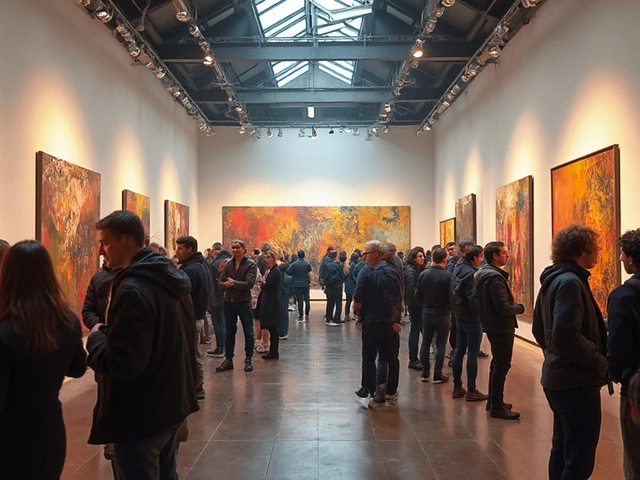Gallery Fees Explained – What Artists and Collectors Need to Know
When working with gallery fees, the charges that galleries levy on artists for showing, selling, or promoting artwork. Also known as exhibition fees, they usually cover space rental, marketing and transaction handling. Right away, you’ll notice that these costs are a core part of artist exhibition fees, the amount an artist pays or receives when a gallery hosts their work. Unlike the flat stipends some museums hand out, gallery fees depend on the venue, the length of the show and the expected sales volume. In Pembrokeshire’s buzzing art scene, this distinction drives how many local creators decide where to exhibit.
Understanding gallery fees also means looking at the broader financial ecosystem. museum payments, the compensation museums provide artists for loans or solo exhibitions often appear as a single negotiated figure, separate from any sales commission. By contrast, galleries usually work on a commission rate, a percentage of each sale that goes to the gallery as a fee for representation and promotion. This rate can range from 30% to 50%, depending on the gallery’s reputation and the level of service offered. Artists who know the typical range can better assess whether a gallery’s fee structure is fair or inflated.
Practical Tips for Managing Gallery Fees
Negotiating the right deal starts with a solid art contract, the written agreement that spells out fees, commission splits, and responsibilities of both parties. A clear contract protects both the artist and the gallery, especially when it outlines how unsold work is handled, who covers insurance, and what marketing efforts are included. Many artists also ask galleries to break down any extra costs—like shipping, framing or promotional events—so there are no surprise deductions at the end of a show.
Another useful strategy is to compare fees across multiple venues before committing. If a gallery charges high fees but offers limited exposure, the net earnings could be lower than a modest‑fee space that draws a larger audience. Keep an eye on the local Pembrokeshire calendar; festivals and pop‑up exhibitions sometimes waive part of the fee in exchange for community engagement. By treating gallery fees as one variable in a larger equation that includes museum payments, commission rates and contract terms, you’ll make smarter choices that boost both visibility and income.
Below you’ll find a curated selection of articles that dive deeper into each of these topics—how digital artists monetize their work, how museums handle artist compensation, what modern art principles mean for pricing, and more. Use them as a toolbox to negotiate better, plan your exhibition calendar, and keep your art career moving forward.

Exploring whether artists need to pay to showcase their work in galleries involves diving into the practices of the art world. While some galleries cover expenses for artists, others may charge fees for exhibitions. Understanding these dynamics is crucial for artists seeking exposure. This article sheds light on artists' financial involvement in gallery exhibitions, unpacking both traditional and modern gallery practices.





